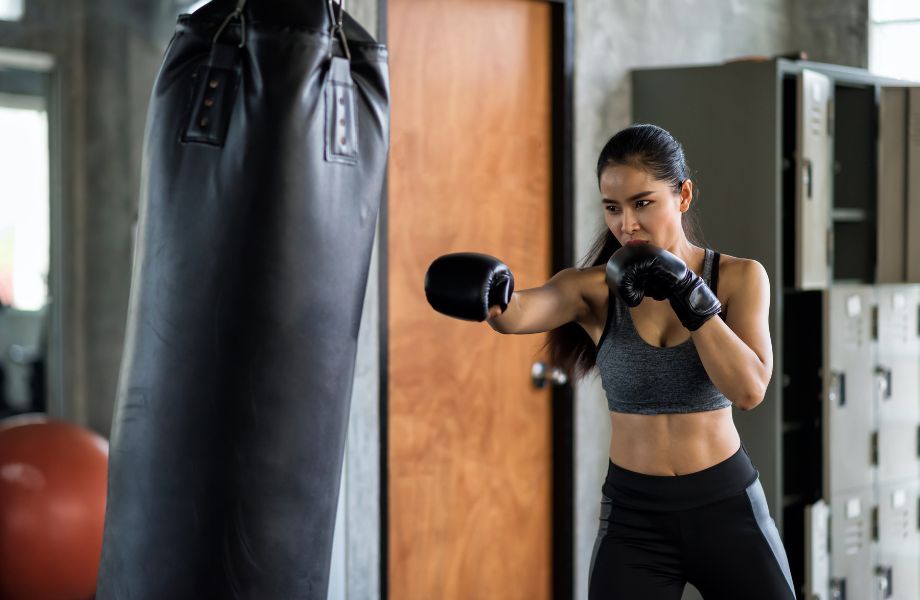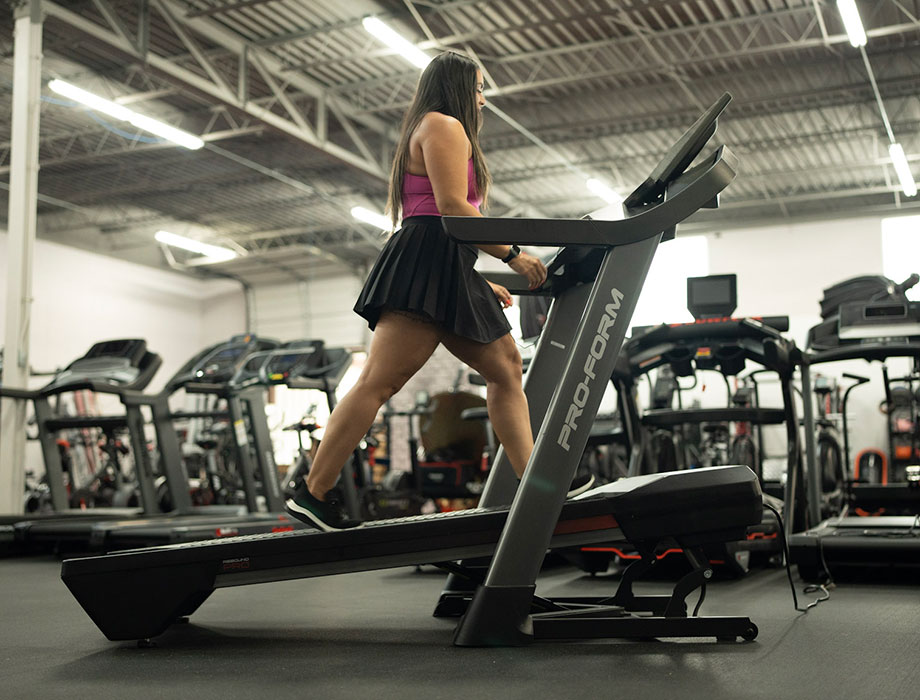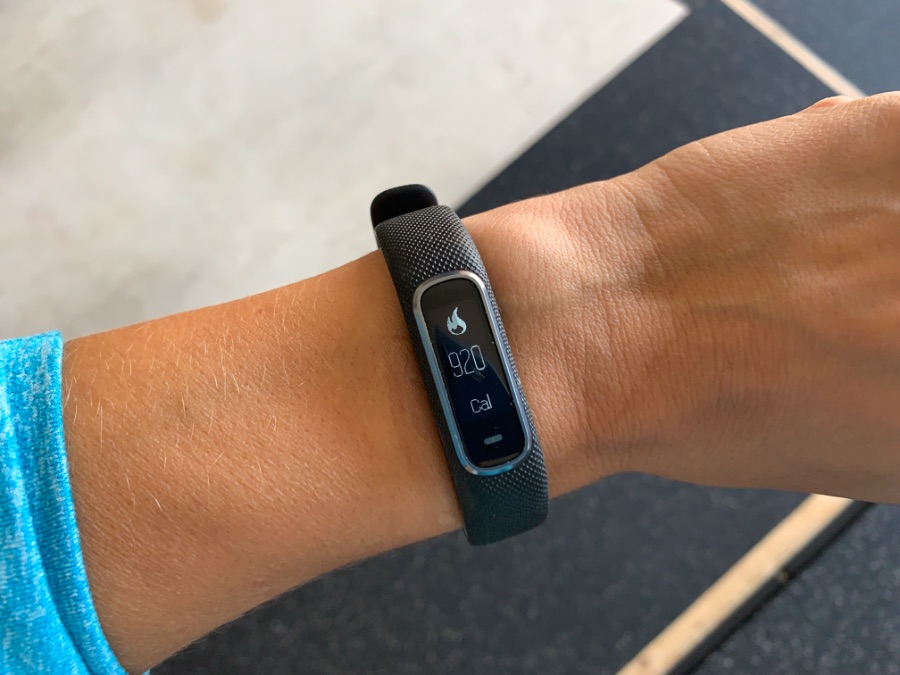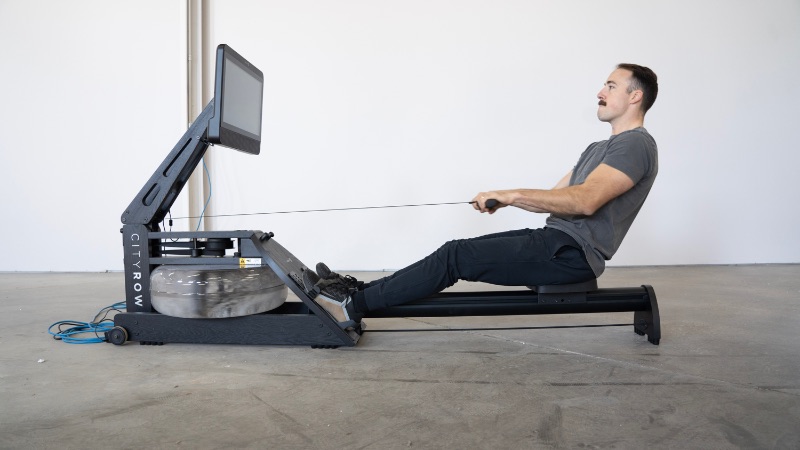You don’t have to be a fan of fighting to appreciate boxing. Although it can be dangerous, violent, and downright brutal to watch, it can also be captivating to see well-conditioned athletes skillfully move around the ring, narrowly avoiding blows and dishing out punishment of their own.
An artform that demands mental and physical fortitude, boxing isn’t just about throwing punches and trying to knock out your opponent. You don’t have to have any aspirations to step into the squared circle against someone to start making this sport a part of your life.
Whether you want to follow in Mike Tyson’s footsteps, let out some frustration, or add a new training modality to your workout plan, dedicating time to learn stances, punches, and basic boxing combos can be a valuable investment that’ll pay long-term dividends.
RELATED: Exercise for Anger
So, if you’re ready to add a mean right hook to your arsenal, lace up your gloves, head over to the punching bag, and embrace the challenge of mastering a new skill.
Boxing Terminology: Stances and Basic Punches
All sports—including powerlifting and bodybuilding—require discipline and skill. However, boxing takes that to another level, especially considering what’s at stake. You need a combination of physical strength and stamina, hand-eye coordination, and mental sharpness to thrive in the ring.

Just like you need to master your stance to execute a flawless back squat, you must learn how to stand (and move around) to become a proficient boxer. Without a solid base and technically sound footwork, you won’t have the balance to dodge punches or position yourself for powerful strikes.
Boxing Stances
First, a lesson on the fundamentals of how to stand. Before we dive into the basic bunches, here’s a breakdown of the different types of boxing stances:
- Orthodox stance: The most common stance for right-handed boxers. Your left foot is positioned forward with your right foot back, creating a balanced, stable base.
- Southpaw stance: The primary choice for left-handed boxers. Your right foot is positioned forward with your left foot back.
- Peek-a-Boo stance: Made famous by Mike Tyson, this stance uses a higher guard (hand position) and a more squared-up body position to provide defense against head shots.
- Shoulder roll stance: A defensive stance in which you keep your lead shoulder raised to protect your chin, your rear hand positioned near your chin, and your lead hand low. Utilized heavily by 15-time world champion Floyd Mayweather Jr., this stance allows for effective counter-punching opportunities.
Boxing Punches
Getting comfortable with your stance is only one part of the boxing training process. Once you’ve figured out how to hold your hands, place your feet, and move around, you need to know what to do with your hands. (Hint: It involves punching.)

While I certainly wouldn’t deem myself a boxing expert, as a certified personal trainer (CPT) who’s taken kickboxing classes and dabbled in martial arts as a kid, I know it takes practice and patience to perfect your punching technique. Boxers identify the six basic punches with a numerical system that gives something like a “one-two punch” actual meaning.
Here’s a quick tutorial on the different punches by number:
1 – Jab
The jab is a quick, straight punch thrown with your lead hand. This move is primarily used to gauge the distance between you and your opponent and set up a more powerful punch like No. 2 on this list.
2 – Cross
Another straight punch option, the cross delivers far more power since it comes from your rear hand. To make your cross most effective, you must generate power from your hips by rotating your body.
3 – Lead Hook
A semi-circular punch thrown with your lead hand, the lead hook is an effective way to attack your opponent’s guard from a different angle. A boxer will typically aim a lead hook at their opponent’s head after a jab or cross combination.
4 – Rear Hook
Used for close-range fighting, the rear hook is a semi-circular punch thrown with your rear hand. You can use this punch to target the side of your opponent’s head or deliver body shots.
5 – Lead Uppercut
An upward punch thrown with your lead hand, the lead uppercut provides a vertical attacking option for close-range fighting. You’ll often see boxers use No. 5 to break through their opponent’s guard by targeting their chin.
6 – Rear Uppercut
A well-thrown left uppercut from a southpaw or a powerful rear uppercut from a right-handed fighter can spell “night night” for whomever’s on the receiving end. This upward punch packs plenty of force, especially when you generate power from your legs and torso properly.
10 Boxing Combos You Should Have in Your Toolkit
Now that you know the basics, you can take your boxing workouts to the next level. While there are dozens of punch combinations—including specialized combos for mixed martial arts (MMA) and Muay Thai—I’ll stick to 10 that you should nail down before you expand your arsenal.

All of the punch combos include the name and numbers of the punches so you can get familiar with how combos are referenced in the boxing community. I included five two-punch combos and five three-punch combos to get started.
1. Jab, Cross Combo (1-2)
The first combination boxers learn starts with a quick jab to gauge the distance between you and your opponent, followed immediately by a powerful right cross to create an opening.
2. Lead Uppercut, Cross Combo (5-2)
A well-struck lead uppercut can lead to a knockout, especially if you’ve forced your opponent to lower their guard after a jab jab combo. Following a lead uppercut with a cross can be devastating, though it requires precise head movement so you don’t telegraph what’s coming.
3. Jab, Rear Hook Combo (1-4)
A left-hand jab thrown at full speed can stun your opponent enough for your right hand to do serious damage. The key to nailing the 1-4 combo is rotating your hips as you throw the right hook, as this will allow you to generate power from your legs and body.
4. Cross, Lead Hook Combo (2-3)
The cross, lead hook combo is simple but effective. You don’t have to throw the cross with all your might. Instead, use it to set up a quick, powerful lead hook.
5. Rear Uppercut, Lead Hook Combo (6-3)
The 6-3 combo is easy to set up if your opponent struggles in defense. After you’ve landed a few jabs, bend your knees to help transfer power from your legs through your body and into your right hand as you punch upward. Then, fire away with a nasty left hook, rotating your torso to generate maximum power and impact.

6. Jab, Jab, Cross Combo (1-1-2)
Take the 1-2 combo to the next level by adding a second jab before the cross. The double jab, cross combo makes it more difficult for your opponent to time their counterattack since they don’t know whether a second jab or cross is coming.
7. Jab, Cross, Lead Uppercut Combo (1-2-5)
A variation of the famous 1-2 punch, this three-part combo adds a lead uppercut at the end, which will hopefully be a complete surprise to your opponent. If timed correctly, the final blow should score a knockout.
8. Jab, Cross, Lead Hook Combo (1-2-3)
The jab, cross, lead hook is one of the most common punching combos. The 1-2-3 combo forces your opponent to try to anticipate and react to three moves, which can be quite difficult if you’re inexperienced. If you’ve nailed the jab, cross already, add the lead hook at about 50% speed until you grow more comfortable with pulling off all three punches in succession.
9. Lead Uppercut, Rear Uppercut, Lead Hook (5-6-3)
Have your opponent pinned to the ropes? Pull this punching combo out of your bag of tricks. Throw a hard left uppercut, follow with an equally devastating right uppercut, and deliver a precise left hook to finish the fight.
10. Cross, Lead Hook, Rear Uppercut (2-3-6)
Another option when your opponent is on the ropes, the 2-3-6 punch combo is similar to the 5-6-3. However, starting with a cross should stun your opponent, creating an opening for a lead hook to land. Finally, follow through with a powerful right uppercut under the chin—and celebrate the win.
Boxing Combos: Final Thoughts
These 10 punch combinations can serve as a starting point for your future fighting endeavors. Or, you can practice them at boxing classes as a way to level up your cardiovascular conditioning and self-confidence. Either way, it’ll pay off to have more knowledge and additional skills that can come in handy at any time.
Exercise can be a great way to unleash anger in a healthy way. If you’re getting frustrated by work or other responsibilities, picking up boxing might be a productive method to channel your frustration. Just remember to respect the sport, your opponent, and yourself with each and every punch.
Boxing Combos: FAQs
How many boxing combos are there?
There are nearly endless boxing combos, as fighters can mix and match moves in a variety of ways. However, most beginners learn around 10 to 20 fundamental punching combos.
What are the most effective boxing combos for beginners to learn?
The most effective boxing combos for beginners include the jab, cross (1-2); the jab, cross, lead hook (1-2-3); and the double jab, cross (1-1-2). You can expand your repertoire as you grow comfortable with your technique.
How can I improve my speed and accuracy with boxing combinations?
Shadow boxing (punching at the air), sparring, and consistent practice using a heavy bag and focus mitts can help you improve your speed and accuracy with boxing combinations.







